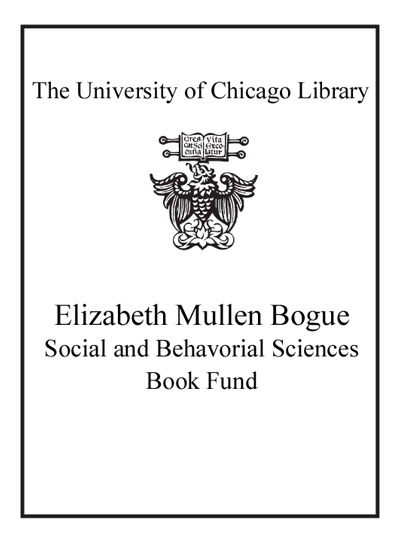Party organization and electoral volatility in Central and Eastern Europe : enhancing voter loyalty /
Saved in:
| Author / Creator: | Gherghina, Sergiu author. |
|---|---|
| Imprint: | Abingdon, Oxon ; New York, NY : Routledge, 2015. |
| Description: | xviii, 195 pages ; 24 cm. |
| Language: | English |
| Series: | Routledge research in comparative politics ; 61 Routledge research in comparative politics ; 61. |
| Subject: | |
| Format: | Print Book |
| URL for this record: | http://pi.lib.uchicago.edu/1001/cat/bib/10103190 |
Table of Contents:
- Introduction: Institutional Determinants of Voter Choice
- 1. Layers and Sources of Electoral Volatility
- 2. Party Organization and Electoral Volatility: An Analytical Model
- 3. Mapping Electoral Volatility in Central and Eastern Europe
- 4. The Benefits of Decentralized Candidate Selection
- 5. Loose Mobilizing Networks
- 6. The Continuity of Representation
- 7. A Multivariate Analysis of Electoral Volatility
- Conclusions
- Appendix
- List of references

